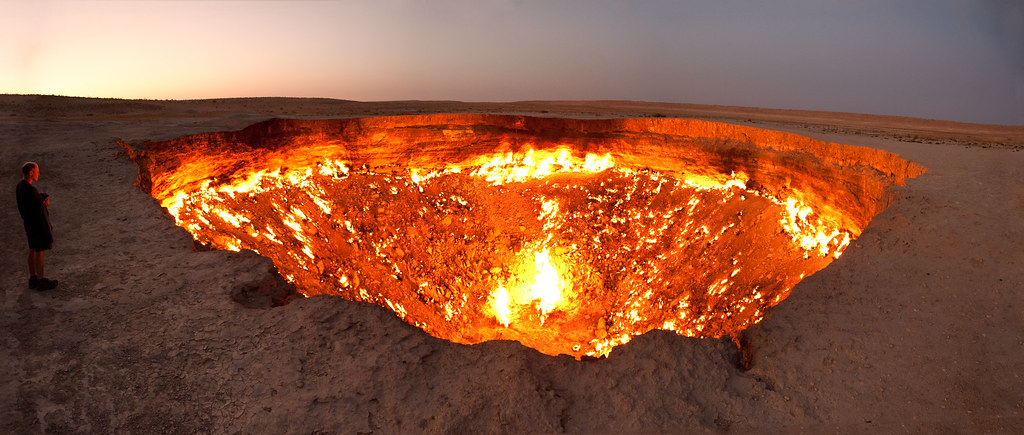
A satellite image representing remote sensing technology. UBCO's new segmentation method helps researchers detect wildfire sparks and other small-scale changes in satellite data.
A group of UBC Okanagan students has helped create technology that could improve how doctors and scientists detect everything from tumours to wildfires.
Working under the guidance of Associate Professor Xiaoping Shi from UBCO's Department of Computer Science, Mathematics, Physics and Statistics , the students designed and tested a system called an adaptive multiple change point energy-based model segmentation (MEBS).
This method uses advanced mathematics to pick out important details in complex or noisy images, the kind that often confuse existing detection methods.
"This project gave us a chance to work on something that can make a real difference," says Jiatao Zhong, a UBCO master's student and lead author of the study. "It's exciting to know that what we built could help doctors spot illnesses sooner and help scientists track wildfires more effectively."
The work, recently published in Scientific Reports , shows that MEBS can help health professionals find signs of disease in medical scans, assist plant scientists in tracking cell growth and give wildfire monitors a faster way to identify hotspots from space.
"Our students played a big role in building and refining this model, and they had a chance to apply it to real-world problems," says Dr. Shi. "The skills they gained in programming, data analysis and applied mathematics will give them an edge in their future careers."
The team's research showed success across several key areas:
- In medical scans by detecting tumours and fluid buildup in X-rays and mammograms with greater clarity than standard tools.
- In wildfire monitoring by picking out small but critical sparks in satellite images, which can lead to faster response times.
- In biological research by helping scientists count and track cells in plant studies, important for agriculture and growth research.
Dr. Yuejiao Fu collaborated with Dr. Shi on the paper while the student team - Zhong, Shiyin Du, Canruo Shen, Yiting Chen, Medha Naidu and Min Gao-worked on tasks ranging from coding and testing to running experiments on medical and satellite images.
Together, they demonstrated that MEBS can do what many existing tools cannot: automatically adapt when an image does not follow typical patterns, improving accuracy without extra manual work.
Most image tools use fixed rules that don't always work in the real world. Medical scans and satellite images are often noisy or inconsistent.
MEBS stands out because it adapts to the image itself-detecting subtle shifts and dividing complex visuals into useful sections. This leads to more accurate results for doctors, scientists and wildfire monitors alike.
The project was supported by the Natural Sciences and Engineering Research Council of Canada and UBC Okanagan's Office of the Vice-Principal, Research and Innovation .

Breast tumour detection in a mammogram using UBCO's adaptive image segmentation method. The MEBS model outperformed other tools in identifying subtle, multi-region tumours.






